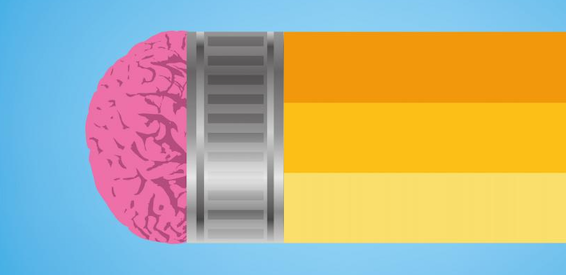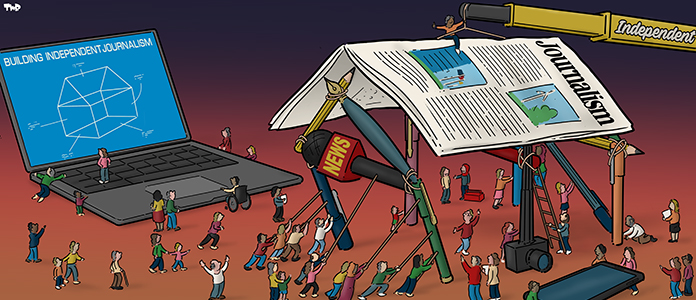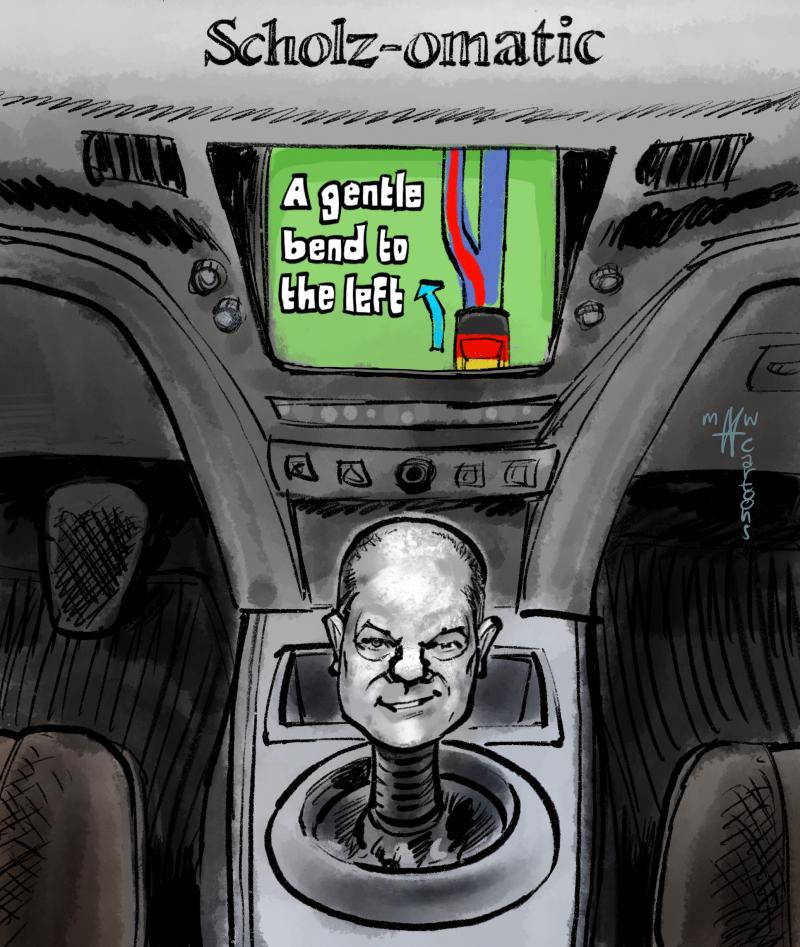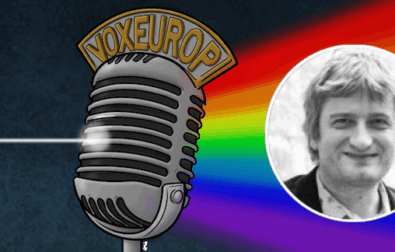In Germany’s federal elections held on 26 September, Olaf Scholz's Social Democratic Party (SPD) won the most votes with 25.7 percent, followed by Armin Laschet's conservative CDU-CSU (24.1 percent). Die Grüne (Greens) came third, with 14,8 percent, followed by the Liberal Democrats (FDP), with 11.5 percent, and the the far-right AfD with 10.3 percent.
The parties will now have to form a coalition, which could take several weeks or even months. While Scholz is favourite for Chancellor, the title can only be awarded once a majority has been reached.
The most likely scenario is a "traffic light" coalition between the red SPD, the yellow FDP and the Greens. Not that there’s any shortage of options: a "German" coalition involving the black CDU-CSU, and the SPD and FDP; a "red-green" coalition of SPD, Die Linke (radical left, 5 percent) and the Greens; or a "Jamaica" coalition involving the CDU-CSU, the Greens and FDP.
Do you like our work?
Help multilingual European journalism to thrive, without ads or paywalls. Your one-off or regular support will keep our newsroom independent. Thank you!












